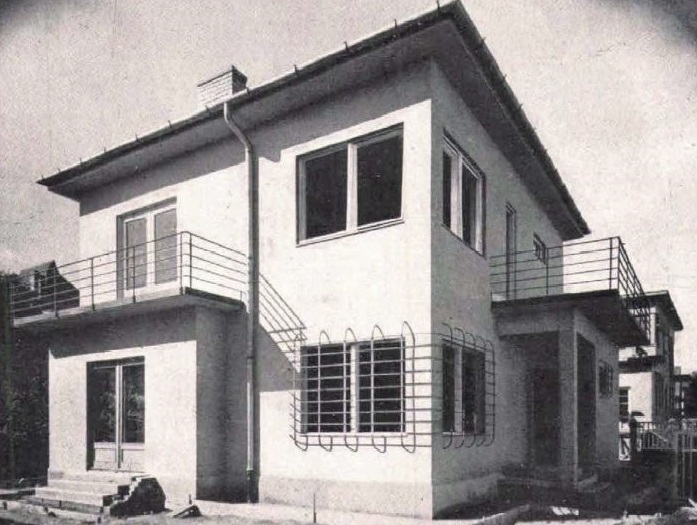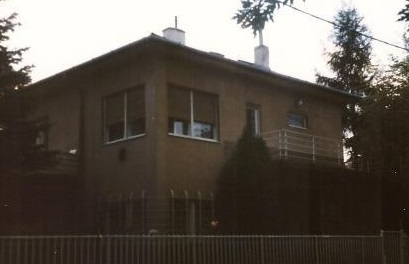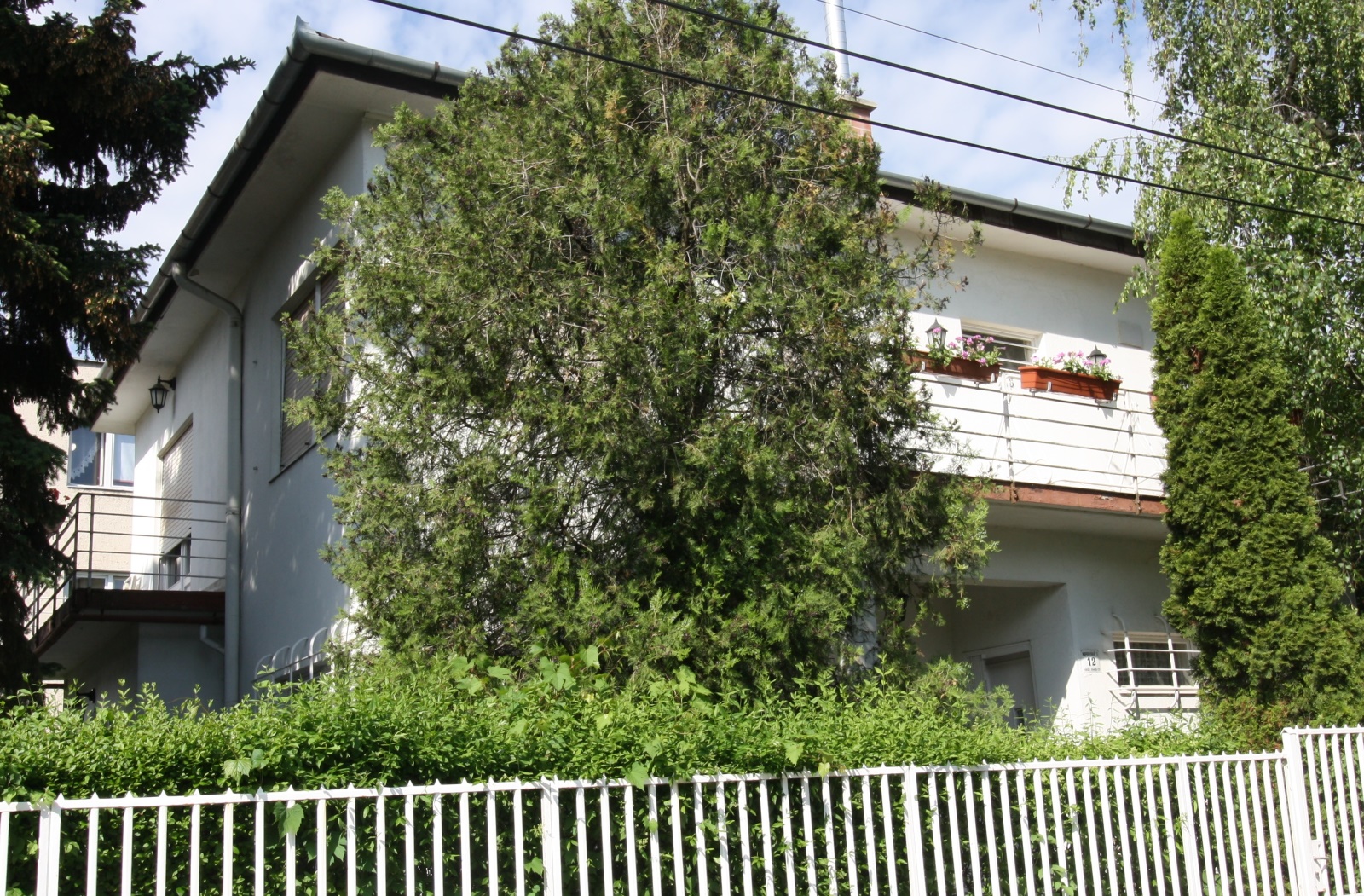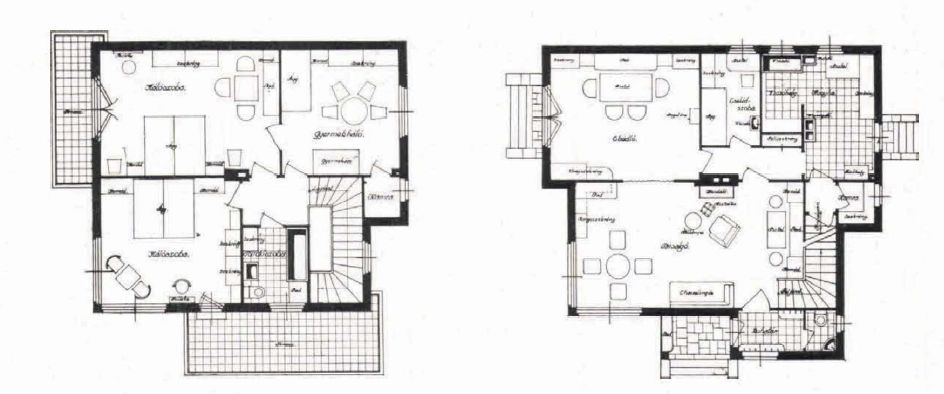Napraforgó street 12.
Architect: Ervin Quittner
Budapest, 1891 – Dachau,1945, architect
He studied at the University of Oxford in 1909, then at Charlottenburg University (Berlin) between 1910-1914. He graduated as an architect in 1918. In the 1st World War he served as a soldier at the battlefield and was honored by several medals.
He worked in Budapest and designed mainly factory buildings, villas and castles. During his study trip to the US in 1928 he visited the largest industrial plants of the world. After coming home to Hungary, several institutions employed him as a chartered expert in the area of industrial architecture, insurance and fire damage assessment. He was the sole Hungarian member of the Pope’s Art Academy.
He took interest in automobiles, road traffic and became the president of the Hungarian Touring Club. He designed several showrooms for cars and motorcycles (for example the FIAT service in 1935). His up-to-date industrial buildings and factories (Hazai Fésűsfonó, Hungaria Jaquard Weaving Factory, Hungarian Ammonia Factory), as well as his small flat and workers’ apartment houses are significant. His public buildings and villas were usually built in neobaroque style. He designed his industrial and social buildings using the most practical, modern forms.
In 1944 he was deported to the Dachau labor camp and died there in 1945.
Source of the photos: Tér és Forma 1931/10, 305-326, Vékás András, Megyeri Gábor
Source of the ground-plans: Tér és Forma 1931/10, 305-326




